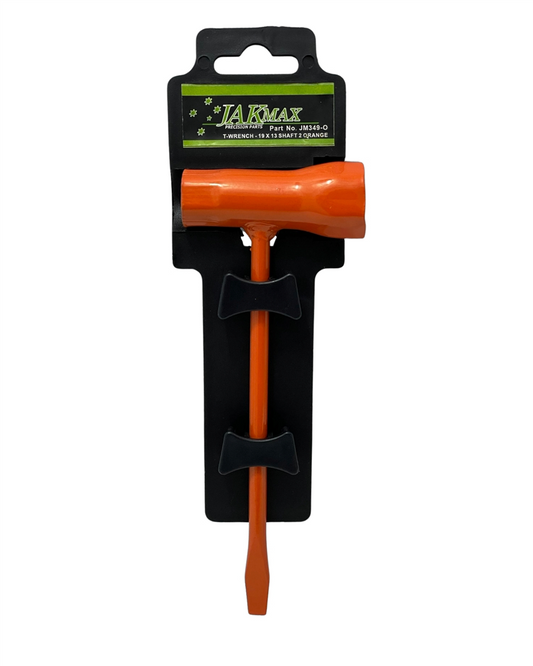How to stop garden pests from ruining your vegetables without harsh chemicals
Share
Keep Garden Pests at Bay—The Natural Way!
You've worked hard to plant, water, and care for your veggie garden, only to wake up one morning and find something's been nibbling on your prized tomatoes. No one invited these uninvited guests, yet here they are, feasting on your hard work. But don’t worry, you don’t need to wage chemical warfare to keep your garden pest-free. There are better, natural solutions that help protect your plants without harming the environment—or your dinner plate!
Get the Right Soil Balance
A healthy garden starts with healthy soil. When plants are strong and full of nutrients, they naturally become more resilient to pests. Build up your soil with good-quality compost, mulch, and organic matter to create an environment where plants thrive, pests don’t. Plus, healthy soil means fewer fungal diseases, so it’s a win-win.
Welcome the Good Bugs
Not all bugs are bad! Some work overtime to keep your garden in check. Ladybirds, praying mantises, and lacewings love to snack on aphids, caterpillars, and other problem insects. To encourage these beneficial bugs, plant flowers like marigolds, dill, and sweet alyssum. They attract predator insects that act as your natural pest control team.
Mix It Up with Companion Planting
Some plants thrive when paired together, creating a natural defence system. For example:
- Marigolds keep nematodes and aphids away from tomatoes.
- Basil planted near tomatoes repels flies and mosquitoes.
- Garlic and onions deter pests that love lettuce and carrots.
- Lavender confuses pests, making it harder for them to find your veggies.
By planting certain combinations, you not only enhance growth but also make life difficult for those pesky invaders.
Physical Barriers Work Wonders
If pests can’t reach your plants, they can’t eat them. It’s that simple. Use fine mesh netting to protect leafy greens from caterpillars and place collars made from cut-up plastic bottles or cardboard around young seedlings to stop cutworms. For crawling insects like slugs, crushed eggshells or copper tape around plant bases create an effective deterrent.
DIY Sprays from Your Kitchen
Sometimes, a little homemade spray is all you need to send pests packing. Try these easy solutions:
- Garlic Spray: Blend a few garlic cloves with water, strain, and spray on plants to repel aphids and caterpillars.
- Soap Spray: A teaspoon of natural dish soap mixed with a litre of water makes soft-bodied pests like aphids shrivel up.
- Chilli Spray: Mix chopped chilli with water and a dash of dish soap for a spicy solution that repels chewing insects.
Spray these in the early morning or late afternoon to avoid harming the leaves during hot weather.
Encourage Birds and Frogs
Nature has its own pest control system—predators. By planting dense shrubs, adding a birdbath, or placing a small pond in your garden, you invite birds, frogs, and lizards to take up residence. These creatures love munching on beetles, caterpillars, and slugs, making them your best allies in the pest war.
Rotating Crops Keeps Pests Guessing
If you plant the same vegetables in the same spot every year, pests figure out where to find their favourite meals. Keep them on their toes by rotating your crops each season. This disrupts their life cycle and reduces infestations. Your soil will also thank you, as crop rotation helps maintain a good balance of nutrients.
The Natural Garden Wins Every Time
By using these simple methods, your veggie patch can thrive without relying on harsh chemicals. Natural pest control helps keep your garden healthier, makes your veggies taste better, and ensures the ecosystem stays in balance. After all, gardening isn’t just about growing plants—it’s about creating a thriving, sustainable environment that benefits everyone, including you!
Happy gardening!
Candeece
 Stay Connected
Stay Connected
Join our gardening community on Facebook the Urban Gardener's Notebook
And follow our Store Facebook Page: Strathalbyn H Hardware on Facebook









